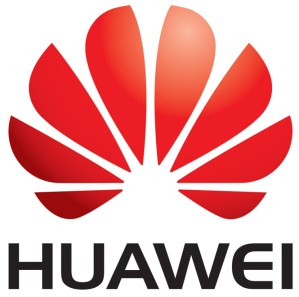
Motorola has been trying to sell its mobile networking equipment business—basically, the stuff that makes cell towers operate—for the better part of a year, as part of a $1.2 billion deal announced last July. But the acquisition has been blocked by protests from Chinese networking gear maker Huawei, which sued to block the deal (and won an injunction) claiming the sale would illegally transfer Huawei technology to Nokia Siemens. The Motorola/Nokia Siemens deal needs regulatory approval in every market where it would have a major impact, and now there’s another wrench in the works: according to Bloomberg, Chinese antitrust officials have extended their review of the acquisition by another 60 days.
Nokia Siemens had originally hoped to have the acquisition completed by the end of 2010. It’s now looking like mid-2011 is the earliest the deal could close, assuming litigation between Huawei and Motorola can be resolved. Nokia Siemens has repeatedly indicated it has no interest in Huawei’s technology; however, Motorola has resold Huawei networking gear for many years, and Huawei says it developed technologies widely deployed by Motorola in a number of systems and handsets.
Chinese regulators’ decision to hold up the deal may also have a political underpinning: Huawei recently took the unusual step of publishing an open letter defending the company’s reputation, particularly over allegations that Huawei conducting business in the United States somehow represented a threat to U.S. security. Huawei was recently forced to back out of an acquisition of 3Leaf Systems following a federal committee report that raised “security concerns” about the deal. Huawei has also encountered resistance in trying to ink deals with Sprint and 3Com. Motorola has also sued Huawei, claiming Huawei set up a sham company to pilfer Motorola trade secrets; Huawei denied the charges.
Huawei is one of the largest developers and manufacturers of telecommunications equipment in the world, second only to Ericsson.


